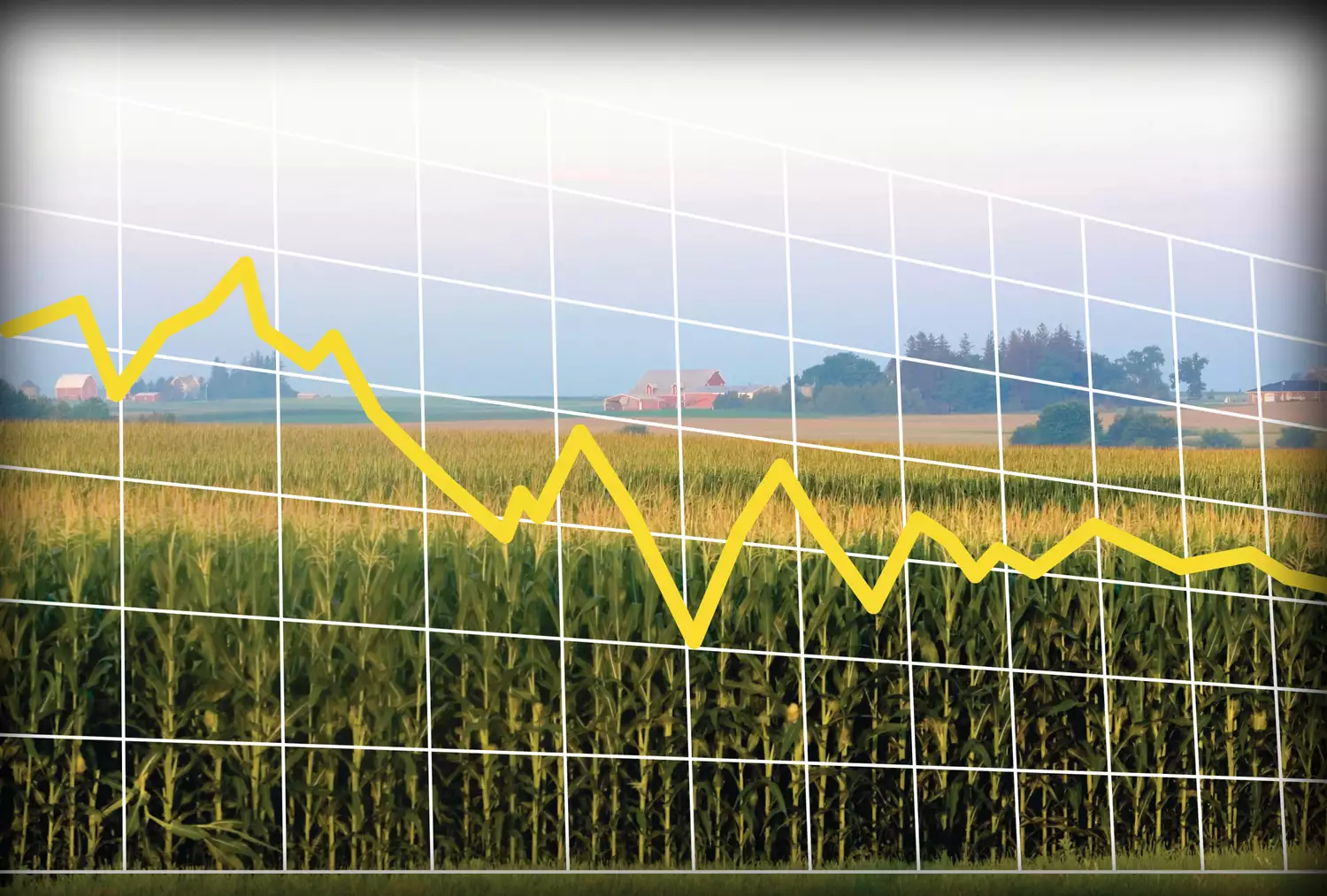Understanding Market Futures: Key Trends and Strategies for 2025
Market futures play a crucial role in shaping investment strategies and managing risk across the agricultural, commodity, and financial sectors. With ever-changing economic conditions, understanding the nuances of market futures is essential for investors and producers alike. This article explores the latest trends, key market movements, and practical insights to help you navigate the landscape of futures trading in 2025.

What Are Market Futures?
Market futures are standardized contracts to buy or sell a specific commodity or asset at a predetermined price on a set future date. They are widely traded on exchanges and used for both hedging risk and speculative purposes. From grains to livestock and even indexes like the S&P 500, futures contracts influence pricing, risk management, and investment planning globally.
Current Trends in Grain and Commodity Futures
The grain market is a cornerstone of global commodities trading. According to a recent market analysis, corn and soybean futures experienced significant movements in May 2025. For instance, July corn closed down nearly 6¢ per bushel, while soybeans edged higher. Wheat contracts also fluctuated, with CBOT and KC wheat bouncing off contract lows.
These shifts reflect broader trends in planting progress and weather conditions, both of which heavily impact futures prices. Market observers noted, "The biggest thing right now is that corn and soybeans are going in the ground without issue and weather is cooperating." This demonstrates how external factors like weather and government reports affect market futures.
You can review full details of daily price changes and expert commentary in this comprehensive market wrap-up.
Factors Influencing Market Futures
Several critical elements drive futures prices, including:
- Supply and Demand: The underlying supply conditions, such as crop planting and harvest reports, can cause rapid shifts in contract values.
- Government Reports: Official data, such as the World Agricultural Supply and Demand Estimates (WASDE), provide updates that traders closely monitor.
- Weather Patterns: Unfavorable or favorable weather can drastically change yield expectations, impacting futures prices in both the short and long term.
- Global Events: Fluctuations in global markets, currency strength, and economic stability also play an important role.
How to Approach Market Futures in 2025
Navigating market futures in the current landscape requires a sound understanding of both technical trends and external factors. Here are some practical tips:
- Stay Informed: Follow trusted market reports and daily updates. For example, the wrap-up on grain and cattle trading provides actionable insights for timely decisions.
- Diversify Your Strategy: Use a blend of commodities, indexes, and hedge positions to reduce risk.
- Monitor Key Reports: Pay attention to government publications and forecast data. Rapid market shifts often coincide with new report releases.
Conclusion: Make Informed Decisions with Market Futures
Understanding market futures is vital for anyone involved in agriculture, commodities, or investments. Current trends emphasize the importance of staying updated on supply, demand, and global events. To explore the latest grain and livestock trends, check the detailed analysis and daily roundups.
Stay proactive in your research and consider professional advice to maximize your opportunities in the ever-evolving world of market futures.